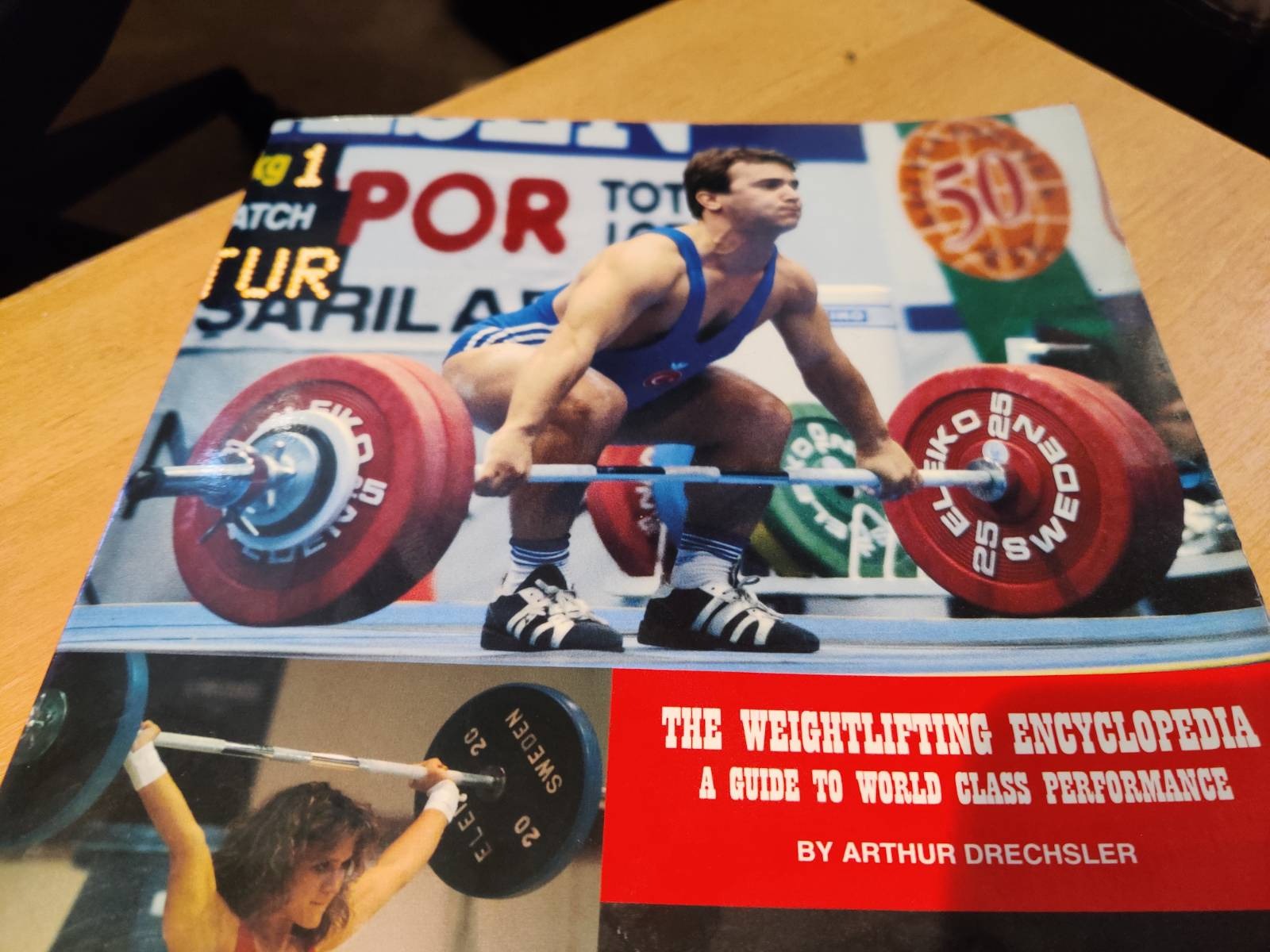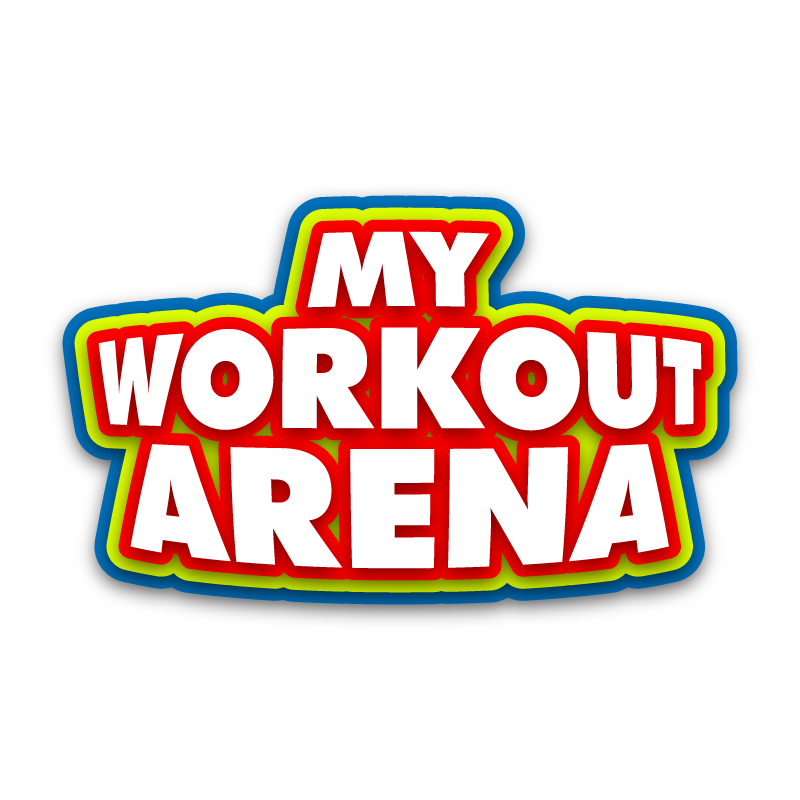Moving Under the Bar Rapidly and Immediately
During the fifth and sixth stages of the snatch, the lifter works to gain control over a bar that has effectively been “launched into the air during the fourth stage of the pull. The faster the lifter’s feet regain contact with the floor and the faster the lifter assumes a position in which he or she is able to receive force, the better able the lifter will be to catch a bar so launched.
Rapid movement under the bar can be facilitated by a conscious effort to lower the body quickly. In the snatch and clean the lifter needs to think of pulling himself or herself under the bar once the squat under has begun. In the snatch and jerk the lifter needs to push out forcefully with the arms and in the clean to raise the elbows as vigorously as possible as the bar nears its final position.
A conscious effort to place the feet against the platform as quickly as possible after the final explosion is extremely important, as such an effort can significantly shorten the unsupported squat under phase, enabling the lifter to apply upward force against the bar as quickly as possible after the squat under has commenced. Hundredths of a second are important here. Some coaches advocate that the lifter actually stamp the feet against the platform as the feet make contact. They believe that a conscious effort to stamp the feet will result in a more rapid placement of the feet. This does seem to help in certain cases, but an overemphasis in this area can lead to the lifter’s unnecessarily lifting the feet well above the platform to make a stomping noise, thereby jarring the body when the bar is caught (and actually making it harder to control). It also increases the time that the bar is unsupported by the athlete which means there is more time for the bar to gain downward velocity. Vigorously replacing the feet on the platform and immediately exerting force downward against the platform transfer upward force rapidly to the bar, making it easier to control. The key is to make solid contact rapidly, not to make as much noise with the feet as possible.
Bulgarian Antonio Krastev, former World Superheavyweight Champion and world record holder in the snatch, has told me that the Bulgarians emphasize a rapid placement of the heel of the front foot in the jerk, with both feet remaining very close to the floor during the movement into the split position. He also points out that any unnecessary rising on the toes during the final explosion in the jerk is to be avoided. As a group, the Bulgarians are probably the surest jerkers in the world, so this advice, in addition to squaring with theory, has yielded excellent results.
Some of the Bulgarian coaches actually teach their lifters to jump back at the end of the fourth stage in the pull. They believe that if the lifter explodes with the trunk upward and backward, the bar will travel rearward at the end of the pull and that the lifter will therefore need to jump back. As this tends to be an individual matter, I do not subscribe wholesale to the idea. Nevertheless, thinking of moving the feet forward or backward as well as sideways during the squat under may well be valuable for some lifters.
One final point on a rapid and precise squat under. Lifters who truly master technique develop an ability to use a rebound from the effort of the final explosion of the pull to propel them under the bar. This is a very difficult feeling to describe, but when a lifter applies a very explosive effort to the bar during the final explosion phase, he or she will feel a point of extreme resistance on the part of the bar. This is natural, as the lifter is attempting to accelerate the bar and the upward force applied to the bar is experienced by the body as a downward force on it (see Newton’s third law of motion as explained in Appendix II). If the lifter’s upward effort against the bar is rapid and strong enough the lifter can use the downward force against the body as a mechanism to drive the body rapidly downward. Lifters who master this nuance of technique will find an immediate improvement in the crispness with which the bar is locked out or racked at the shoulders and an increase in the poundages that can be lifted.
Trade-free fitness at www.myworkoutarena.com


Comments
No comments yet. Be the first to react!